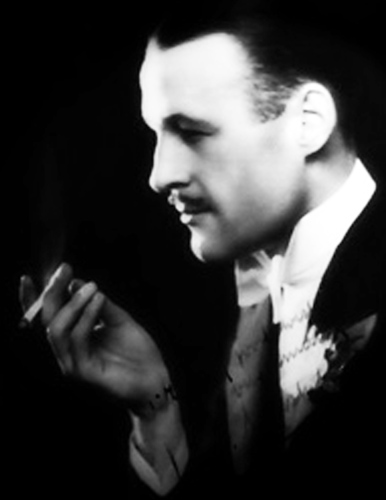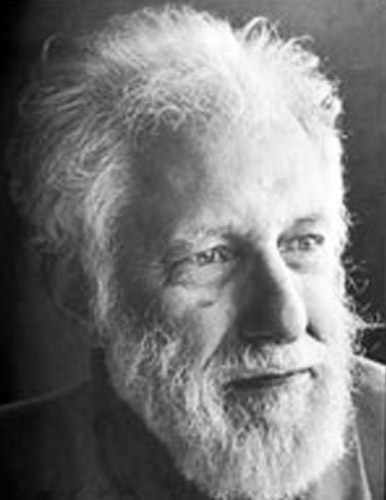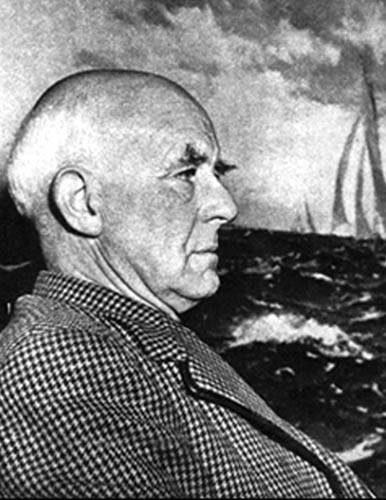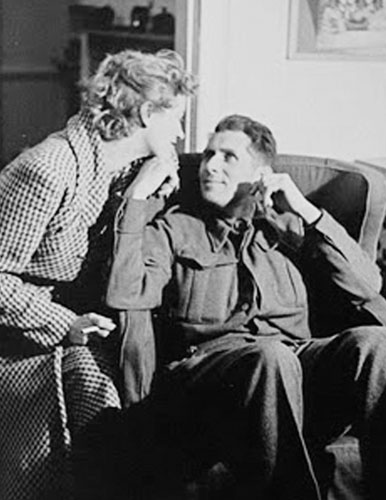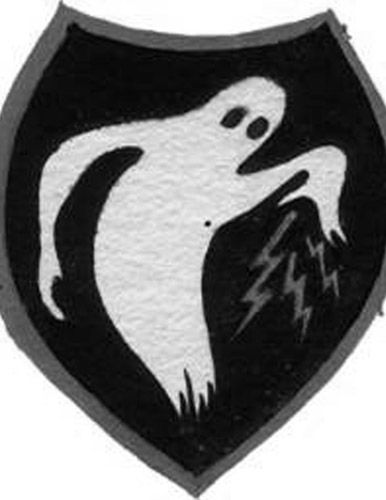Camouflage
“Camouflage can be thought of as visual warfare.” - Julian Otto Trevelyan
|
|
Abbott H. Thayer - Thayer's son Gerald describes countershading, obliterative shading or Thayer’s Law in this manner: “If a rounded object, say a ball or a cylinder, ‘in plain sight,’ is made to disappear, it has, in the first place to be countershaded. [...] Its shadowed parts must be made lighter in color, must be painted lighter until the shadow no longer shows; and the portions facing the source of light must be just proportionally darkened. In this way a rounded, solid form can be made to look perfectly flat.” |
|
|
Hugh Cott - Cott relates animal camouflage to military action: “Various recent attempts to camouflage tanks, armoured cars, and the roofs of buildings with paint reveal an almost complete failure by those responsible to grasp the essential factor in the disguise of surface continuity and of contour. Such work must be carried out with courage and confidence, for at close range objects properly treated will appear glaringly conspicuous. But they are not painted for deception at close range, but at ranges at which big gun actions and bombing raids are likely to be attempted.” (Adaptive Coloration in Animals) |
|
|
Jasper Maskelyne - In his autobiography, Indigo Days, Julian Trevelyan writes that “disappearing was [Jasper Maskelyne's] profession and he was called in when anyone wished anything to become invisible. He entertained us with his tricks in the evenings, and tried, rather unsuccessfully, to apply his techniques to the disguise of the concrete pill-boxes that were then appearing everywhere overnight. He was at once innocent and urbane, and he ended up as an Entertainments officer in the Middle East.” |
|
|
Jo Mielziner - Mielziner used to say that “when he designed scenery, he was no good unless he revealed a situation immediately to the audience, but in camouflage, the reverse was true” and that “to create camouflage, the designers had to analyze colors, textures, shapes and shadows as they would appear from the air.” |
|
|
Julian Trevelyan - He writes: “[o]n paper the camouflage officer’s responsibility may be small, but in practice, in every theatre of war, he has been asked to exceed his terms of reference. At any rate, he should see that he is equipped with all the knowledge of the subject that is available.” |
|
|
Norman Wilkinson - Wilkinson writes that “the painting of ships with the ‘Dazzle’ scheme is based on the general assumption that it is impossible to obtain invisibility at sea, especially where as in the case of an attacking submarine, the object is seen against the sky with practically no sea to form a background…the only course open is to paint her in such a way as to deceive the attacker as to her size and course; this can only be done by extreme contrasts of colour and shapes which will so distort the vessel as to the symmetry and bulk.” (A Brush with Life) |
|
|
Roland Penrose - Penrose writes: “Some of the most outstanding successes have come about through ingenious improvisation…It is useless in warfare to be merely brave, if bravery means presenting oneself as a useless target to the enemy…Camouflage is no mystery and no joke. It is a matter of life and death – of victory or defeat.” (Home Guard Manual of Camouflage) |
|
|
The Ghost Army - The sonic manipulation of the enemy involved a number of key tactics of frequency to produce virtual sound. To create a phantom army in sound, its presence had to be fabricated using what is often referred to as the “acoustical intimacy” of biaural hearing . . . the ears serve as two input channels, and together create a whole virtual field. |


